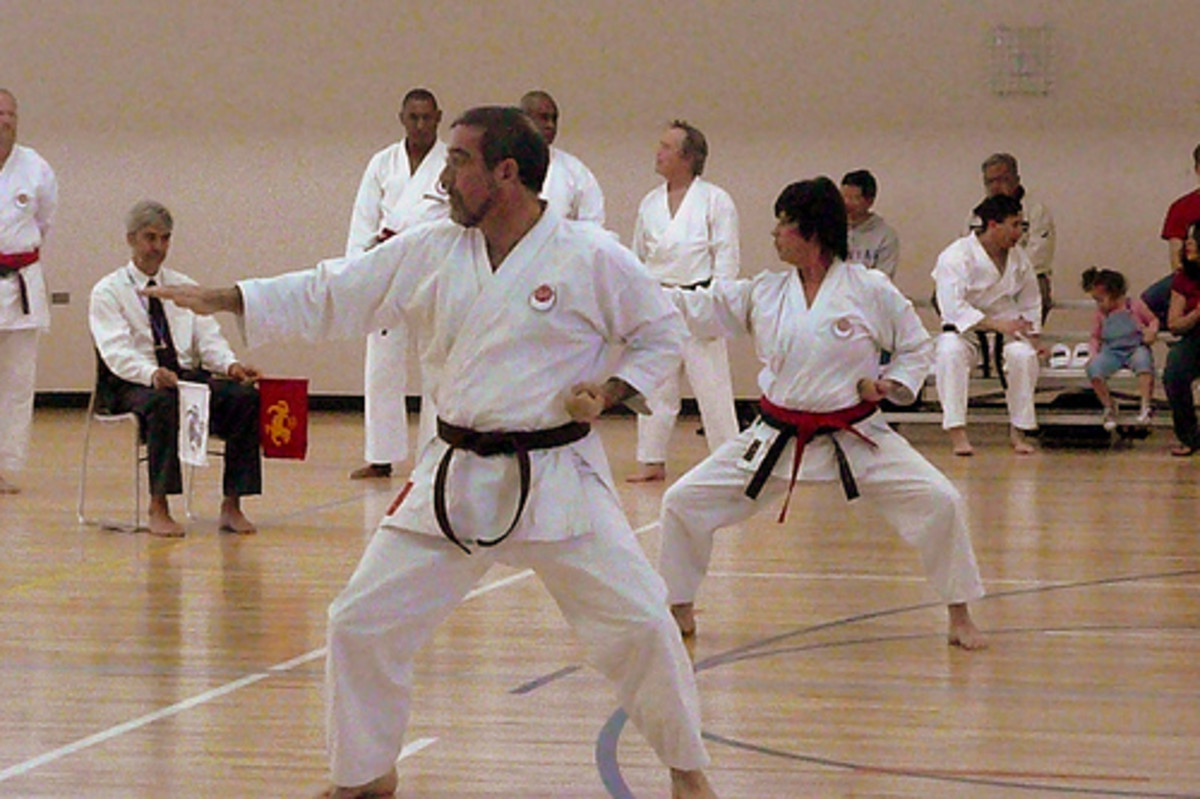How teachers in various institution should Evaluate teaching lessons
Introduction
Assessment and evaluation are strategies to collect data and information for enhancing the efficacy of the learning process. (Gaberson, Oermann, Schellenbarger, 2015). The instructors make the way of learning easier to encourage students to involve and become active to support in achieving their success goals. The teachers use creative strategies to practice reliable, safe, integrated, and ethical competencies in multiple clinical settings. (Gaberson et al, 2015). The health training programs are designed with creative course objectives for a better outcome and learning efficacy. However, assessment involves standardized evaluation, which requires skills, checklists, medication knowledge, and dedication for creative learning.
Evaluation is the process of measurement or judgment of skill competencies or creativity. We require varieties of the correct information and sources to evaluate anything. Evaluation in nursing skills accounts comprehensive knowledge or data about the learner. (Hodgson, Chan, Liu, 2014). Formative evaluation is the process of determining both the strength and weakness of a learner. It is required to evaluate the positive subjects of the student as well as the areas which need to be improved. Also, the process is known as mid-term evaluation as it focuses on enhancing the performance of the learners in the future. (Gaberson et al, 2015). Providing feedback is one of the effective formative assessment strategy, which is non-judgmental and helps in improving learning status.
Formative assessment strategy
The nurse instructors should give honest feedback considering task quality rather than focusing on a specific individual. (Welsh, 2014). Feedback is constructive, which focus on both strength and weaknesses of the students to be improved. The process is encouraging and help the students to be confident and independent. The students feel specific and respectful with each feedback given, either verbal or written. (Pisklakov, Rimal, McGuirt, 2014). ‘The Principles of Good Practice in Undergraduate Education’ by Arther Chickering and Zelda Gamson support the method of feedback and says that the way develops a relationship or synergy between the learner and the faculty. The prompt feedback method boosts active learning, and develop interaction among students.
The students in the clinical area expect higher feedback with each moderate one and adopt different ways of learning to complete the task within the deadline. The feedback process also develops the strategy of self-assessment. (Pisklakov et al, 2014). The nurse educator encourages learners to ask questions during the session for assessing self-reflection. The issues or discussions are part of active learning, which assist instructors in initiating and enhancing educational goals during sessions with positive feedback. (Mass, 2014). The instructor is required to appreciate students, explore the qualities and creativity of the student, allow them for self-assessment and reflection, and demonstrate the area which needs to be improved and inform them to focus on the specific area.
Summative assessment strategy
Summative evaluation is the process of grading or providing marks. It is also known as the end of term method as it focuses on the poor outcome of the learners. (Oermann, 2015). One of the most important summative assessment strategies to guide lesson plans is grading, which could be of two types, norm-referenced grading, and criterion-referenced grading. Norm-referenced grading is a comparative study, which evaluates learners’ performance with the other students, and criterion-referenced grading does not include the marks of other students. We recommend norm-referenced grading for this plan as it provides the opportunity to monitor personal accomplishment with others. (O’Connor, 2015).
It is easier to determine whether your performance is good, better, worst, or equivalent to other learners with norm-referenced grading. (Oermann, 2015). Criterion-referenced grading help to improve the learning outcome of students without considering the grades of other students. Although the method could be less stressful, it fails to develop the active skills to do better than others. (Hodgson, 2014). The competition among learners can improve their performance, and help them set their tasks within a limited time. Without comparing students in groups or organizations, it is difficult to award a specific individual for their special achievement, and thus, the learners can become passive and demotivated. (Mass, Sluijsmans, Heerkens, Sanden, Vleuten, 2014).
Instructor satisfaction survey
Instructor satisfaction survey or instructor observation is the best process of determining or assessing performers’ ability. Clinical performance evaluation assesses the contextual status of the learning methodology. (O’Connor, 2015). The contextual method helps nurse educator to understand the behavior and ethical issues related to the performer. The instructor must evaluate the strength, weakness, and willingness to complete a task. A little stress can assist you in achieving the zenith, and stressful acts to achieve course outcome could lead to hinder success and encourage traumatic attacks. Thus, instructors need to reduce performance-related stress.
With advanced objectives, instructors satisfaction survey encourage teaching environment, to help students in passing the clinical test with good gradings. Failure is devastating but should be considered. (Black, Curzio, Terry, 2014). During the survey, we recognize the anecdotal data, notes, records, or information for evaluating a student’s learning strategy. Providing feedback, an educator makes aware of the best, satisfactory, or students who are in danger position. The instructor's feedback, students’ learning strategy, and accurate assessment are the three golden rules to overcome difficult situations, which develop reflection and self-awareness. Instructors assessment process encourage students to concentrate deeply on gaining constructive criticism. (Rush, Firth, Burke, Marks, Maran, 2012). Moreover, self-directed educational strategies assist the requirement of practicing, analyzing, and researching to gain clinical experience and objectives.
References
Black, S., Curzio, J. & Terry, L. (2014). Failing a student nurse: A new horizon of moral courage. Nursing Ethics, 21(2), 224–238
Gaberson, K., Oermann, M. & Schellenbarger, T. (2015). Clinical teaching strategies in nursing (4th ed.). New York: Springer.
Hodgson, P., Chan, K. & Liu, J. (2014). Outcomes of synergetic peer assessment: first-year experience. Assessment and Evaluation in Higher Education, 39(2), 168–179.
Mass, M., Sluijsmans, D., Van der Wees, P., Heerkens, Y., Nijhuis-van der Sanden, M. & van der Vleuten, C. (2014). Why peer assessment helps to improve clinical performance in undergraduate physical therapy education: A mixed methods design. BMC Medical Education, 14, 117. doi:10.1186/1472-6920-14-117.
O’Connor, A. (2015). Clinical instruction and evaluation. Burlington, MA: Jones & Bartlett.
Oermann, M. (2015). Teaching in nursing and role of the educator. New York: Springer.
Pisklakov, S., Rimal, J. & McGuirt, S. (2014). Role of self-evaluation and self-assessment in medical student and resident education. British Journal of Education, Society and Behavioral Science, 4(1), 1–9.
Rush, S., Firth, T., Burke, L. & Marks-Maran, D. (2012). Implementation and evaluation of peer assessment of clinical skills for first year student nurses. Nurse Education in Practice, 12(4), 2219–2226.
Welsh, P. (2014). How first year occupational therapy students rate the degree to which anxiety negatively impacts on their performance in skills assessments: A pilot study at the University of South Australia. Ergo, 3(2), 31–38. Retrieved from http://www.ojs.unisa.edu.au/index.php/ergo/article/view/927








